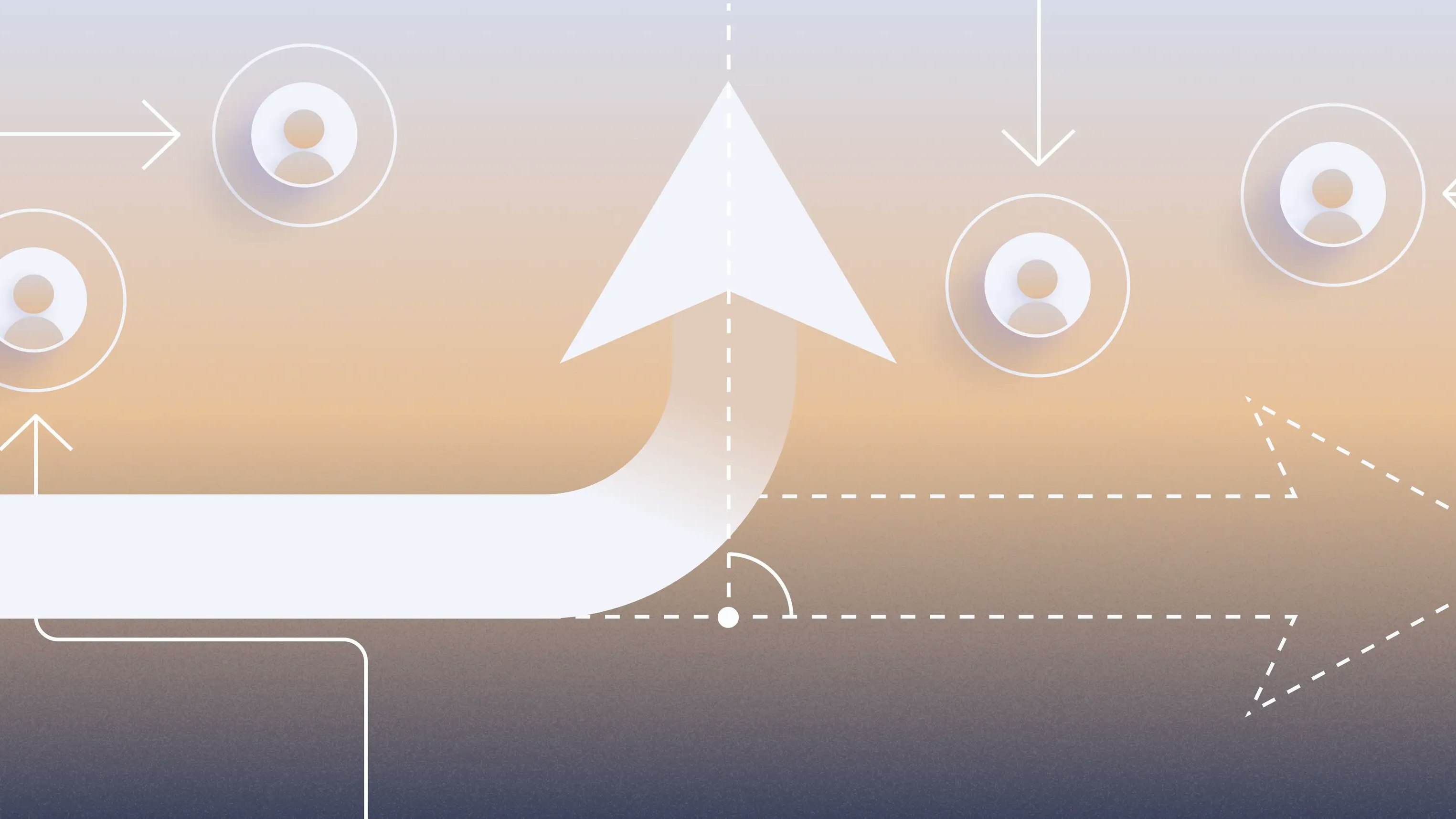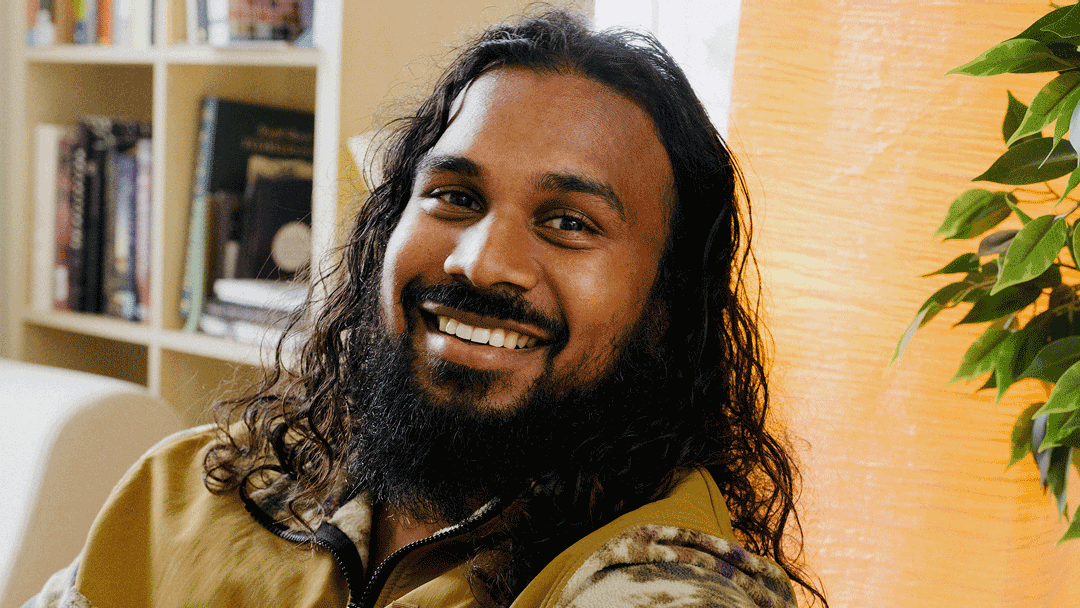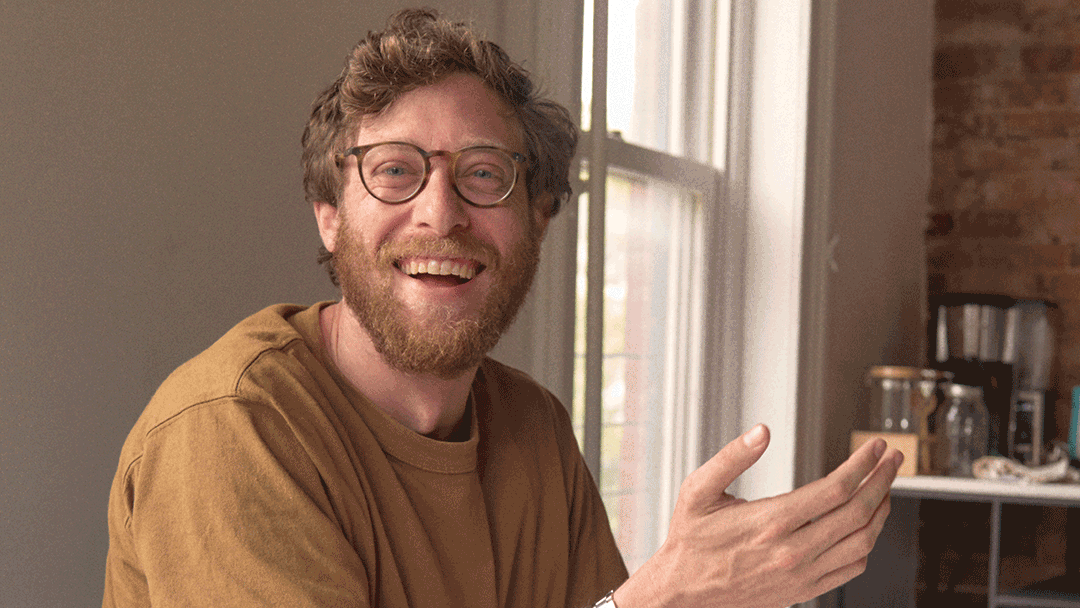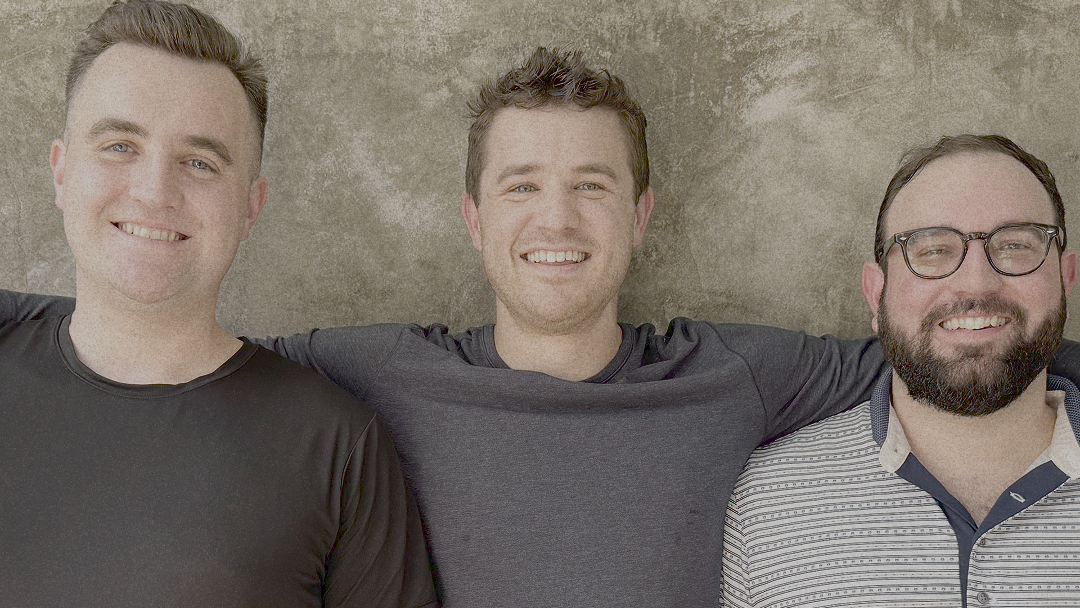3 founders on their experience pivoting their companies

The path to finding product-market fit as a founder is often a winding one, rife with ebbs, flows, and the occasional roadblock. It’s precisely for this reason that pivots — be they smaller micro-pivots that allow a company to course correct over time, or larger pivots that drastically change a core component of a company’s business model — are common in the world of startups. Part art and part science, these shifts in strategy — when approached early and handled with astute care — can be the difference between a thriving company built to last, or a struggling startup doomed to fail.
Here, we share stories from three founders who have navigated their own pivots, taking the necessary steps for their original companies to shapeshift into the successful startups they are today.
Dave Rogenmoser
CEO & co-founder, Jasper
Jasper is a venture-backed startup that helps companies tap into the power of AI to create impressively great content. But before seeing success with Jasper, Rogenmoser struggled to gain traction — and maintain excitement — with his first startup, a SaaS focused on social proof (aptly called Proof).
On making the pivot: “We had been building Proof for a few years and had hit a plateau in terms of revenue growth. We tried building a website personalization platform as a second product and just weren't getting the traction we had hoped for. We pushed through for about 18 months but at that point, none of us were excited about the product anymore. We ended up doing a layoff and went from 15 people down to 5 and were just planning on getting Proof very profitable and figuring out what was next. About 30 days after that we started getting really excited about AI and the power of LLMs [large language models] and decided we could build a great AI-powered copywriting tool and bring it to market. That was the birth of Jasper.”
On timing the pivot: “We had given it a good run. We felt we had explored a lot of options. It objectively wasn't working, and we weren't excited about it anymore. There's a very small chance of pulling out of that and we were ready for a fresh look at the world.”
On communicating the pivot: “We didn't tell our investors we were pivoting, actually. We had stopped doing investor updates at that point and just went heads down building Jasper. Most of our investors had assumed we weren't going to make it at that point anyway. A few months into Jasper, I sent them an email update letting them know we were alive and growing insanely quickly and they were very excited to hear about that. The remaining team was very excited to hear we had a new plan and something to go after and trusted us in that because they could see the excitement. They didn't want to keep working on the old product anyway.”
Hillary Lin
CEO & co-founder, Curio
Curio rethinks comprehensive care, tapping into the power of advanced technology to offer a more innovative, holistic approach to physical and mental healthcare. But at launch, Curio started with a sole focus on mental wellness before shifting gears to become a healthcare company in 2022 in pursuit of product-market fit.
On making the pivot: “We realized that wellness direct-to-consumer was not an area our team had enough expertise in to break through the noise. (That kind of team looks more like a marketing-heavy consumer retail team.) We also weren't getting the traction to signal enough uptake. Simultaneously, we realized that with myself as a physician and another one of my co-founders having deep experience working in healthcare, we could accelerate many of the clinical setup hurdles other digital health startups struggle with. Finally, we were seeing more positive feedback from our members with more serious, healthcare-related concerns. All this combined to us deciding we should adopt more formal healthcare services. We also decided to go one step further and enter the psychedelic therapy space as part of our offerings. Our team has a deep passion for solutions that address the root cause, and psychedelic work aligns well with this mission. When we completed the pivot, our metrics all improved. We had better retention, more word-of-mouth referrals, and — most exciting — a more significant improvement of clinical metrics showing depression and anxiety symptoms decreasing within weeks of Curio treatment.”
On the challenge of pivoting: “The most challenging aspect of pivoting is reconstructing your company's narrative. Building a cohesive story around your brand and mission is an immense task. When you pivot, it can take a bit of work to ensure the core components of your values are consistent despite the evolution of your services. This applies to both the internal message as well as external. As a CEO, a big part of my role is to convey this narrative powerfully to my teammates so everyone has a clear direction. Pivoting creates a definite challenge in this realm.”
On pivoting advice for founders: “Sometimes, I joke that running an early-stage startup is like a never-ending pivot. Until you find product-market fit, I find it essential to be flexible with your exact offering and model. I think most founders don't pivot early enough. People get so attached to the products they build or some story they constructed about their company that they miss the point of founding a company. In my opinion, the purpose of a founder and their company is to serve their users in a way that improves their lives and the world. The basic format of service or the exact design of a product should evolve incrementally or dramatically to do this job. Sometimes, this means a full-on pivot of the company. I think too many founders are inflexible in their thinking or too precious with their prior work to change when necessary.”
Andres Klaric
Co-CEO & co-founder, Fuse
Today, Fuse helps top lending companies optimize operations through a state-of-the-art loan origination system. But before that, the company’s founders were focused on delivering auto loans directly to consumers, unaware that their winning product was hiding right under their noses.
On making the pivot: “We initially started as a B2C fintech facilitating auto loans, but after assessing market dynamics and feedback from clients, we realized that our biggest impact could be made in the B2B space, providing a cutting-edge loan origination system (LOS) to lending institutions. Following our launch, our lending partners began approaching us with inquiries about our tech stack and the specific solutions we were utilizing. To their surprise, we had developed an internal solution that they expressed interest in purchasing from us. At this point, we recognized we were onto something special. Yet, this marked just the beginning of our pivot as we faced the challenges of productizing a tool that was originally designed for internal use to become client-facing. Parallel to this, we had to secure enough customers to develop conviction that the new opportunity was gaining enough traction to warrant a full pivot from the space we were already in.”
On deciding to pivot: “The most challenging aspect of deciding to pivot was navigating through the uncertainty and potential risks. This involved restructuring our product, repositioning ourselves in the market, and potentially straining relationships with early partners. However, our confidence in our vision and the potential of our new direction bolstered our decision-making. By the time we decided to pivot, we had already faced tough decisions, such as declining ~$1B in term sheets that would have facilitated the ramp-up of our original model and rejecting an offer from Y Combinator earlier in our journey. A founder's journey is essentially a series of decisions, and we take that responsibility seriously.”
On takeaways from pivoting: “The biggest lesson we learned from our pivot journey was the importance of resilience, adaptability, and transparency. It was indeed a challenging process, but it underscored the principle that, as entrepreneurs, our primary role is to solve problems and deliver value as effectively as we can, even if it means altering our course and embracing new directions. However, another key aspect of this journey was maintaining open communication lines with all our stakeholders, including our team and investors. In moments of crucial directional changes, it is paramount to reveal our thought process and decision-making stages in an "open kimono" approach. This provides them with the opportunity to digest the change, offer insights, and ultimately build their confidence in the new direction. Such moments also serve as a profound opportunity to "renew our vows" with our founding team, realign expectations, and solidify our commitment to them. By including everyone in this process, we were able to maintain trust, foster greater buy-in, and reinforce the shared vision driving our mission.”



